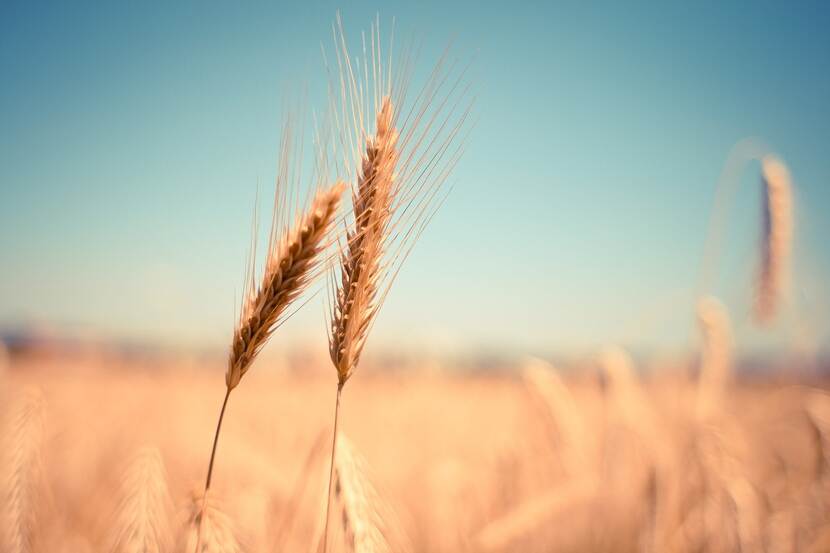Serbia: Record wheat harvest, corn saved by the rain
Despite the drought, wheat yields exceed all previous figures this season.
|
Dear readers, In the upcoming summer vacation period, the LAN Budapest-Belgrade team will not publish weekly newsflashes and other articles until August 27. We would like to wish our readers a pleasant summer. We will be back in the end of August with more news about the agro sectors in Serbia and Hungary. |

The wheat harvest in Serbia has been completed, with an all-time high yield of around 3.4 million tons, Serbia Grains Association Director Mrs. Sakovic stated for the press.
“Around 98% of the wheat in Serbia has been harvested. We can consider the harvesting period over because the remaining 2% will not significantly change the data regarding the total yield, which came at nearly 3.4 million tons,” Sakovic told the Beta news agency. She added that the average yield coming from 595.000 hectares was 5.7 tons per hectare, the best result so far.
In the past eight years, some of the best results were reported in 2016/2017 when 3.1 million tons of wheat was harvested on 610.000 hectares, and the average per hectare yield was 5.1 tons, Mrs. Sakovic noted. Moreover, in 2018/2019, the total yield was 3.18 million tons coming from 650.000 hectares, with an average 4.9-ton yield per hectare, she said. According to her, this year’s yield exceeded the expectations considering the drought. She also said that the wheat price in the domestic market in the past two weeks had ranged from €0.16 to €0.17 per kilogram (VAT excluded).
The rainclouds have finally arrived
Heavy rain in nearly all parts of Serbia over the past few days have not saved maize crops from drought but will prevent further damage, says farming expert Miroslav Malesevic.
Mr. Malesevic told the Beta news agency that it was difficult to estimate the financial damage as it varied from one agricultural field to another and depended on the stage in which the drought started affecting the cereal plant. “In the case of corn that could not be pollinated due to high temperatures, there will not be actual grains, and producers will only be able to use it as green manure,” he explained. He underscored that such cornfields (failing to report a yield) accounted for around 10% of the cca 1 mn hectares of cornfields in Serbia. Fields with partially fertilized corn are much more common, and their yield will be reduced, the professor added.
As for fully fertilized corn, there is hope that grains will get the necessary moisture, Mr. Malesevic said – And if it had not rained, corn yields would be catastrophic, the expert also noted.
Goran Bekavac of the Novi Sad Institute of Field and Vegetable Crops said that “this rain is invaluable” and that corn that remained green, having survived the drought, would produce a yield. However, it is difficult to estimate the overall damage at this point, Mr. Bekavac concluded.
In other news,
The Budapest-Belgrade team brings you curated newsflashes every Friday afternoon. These are quick, digestible, to-the-point briefings about all the latest developments in the Serbian and Hungarian agro sectors.
Today we bring you:

In this week's Serbia Newsflash, you'll find more about the heavy storms that hit the country, why tomato growers are disgruntled and what they are doing about it, a petition against the water legislation, EIB support for pandemic recovery, the first Serbia agrovoltaic investment, decreasing household waste numbers and more.